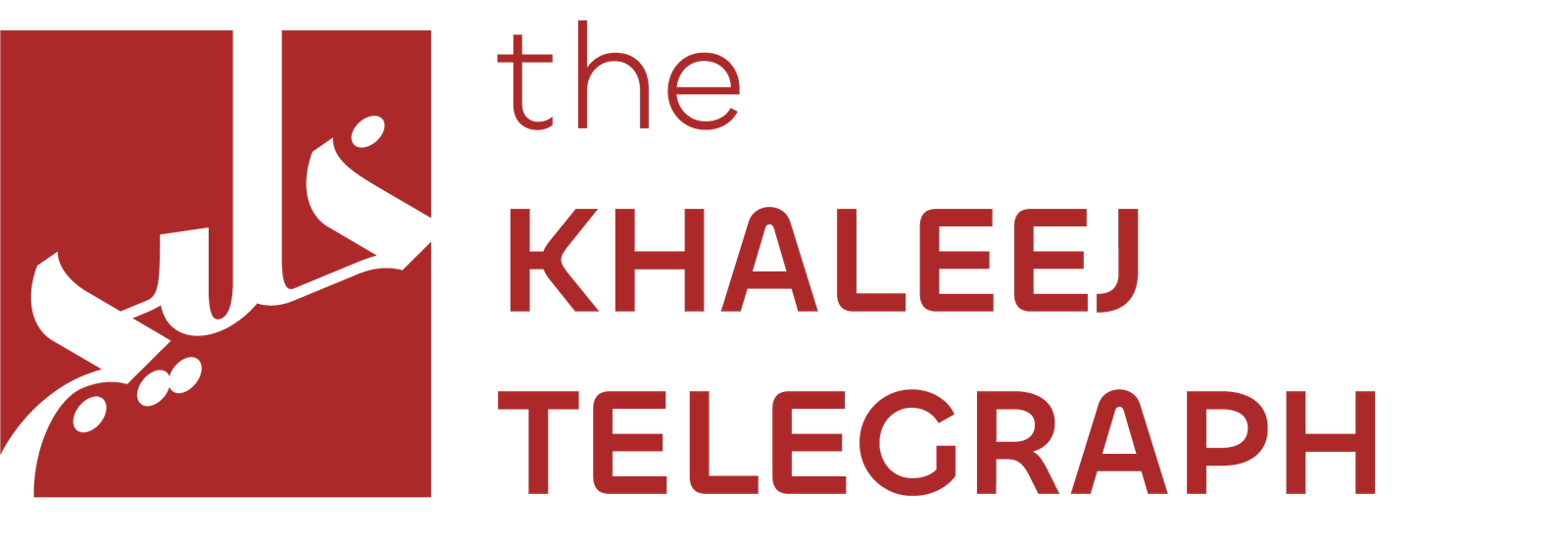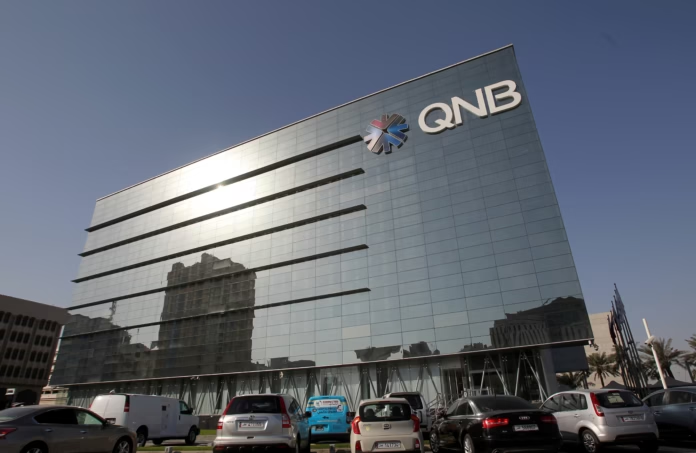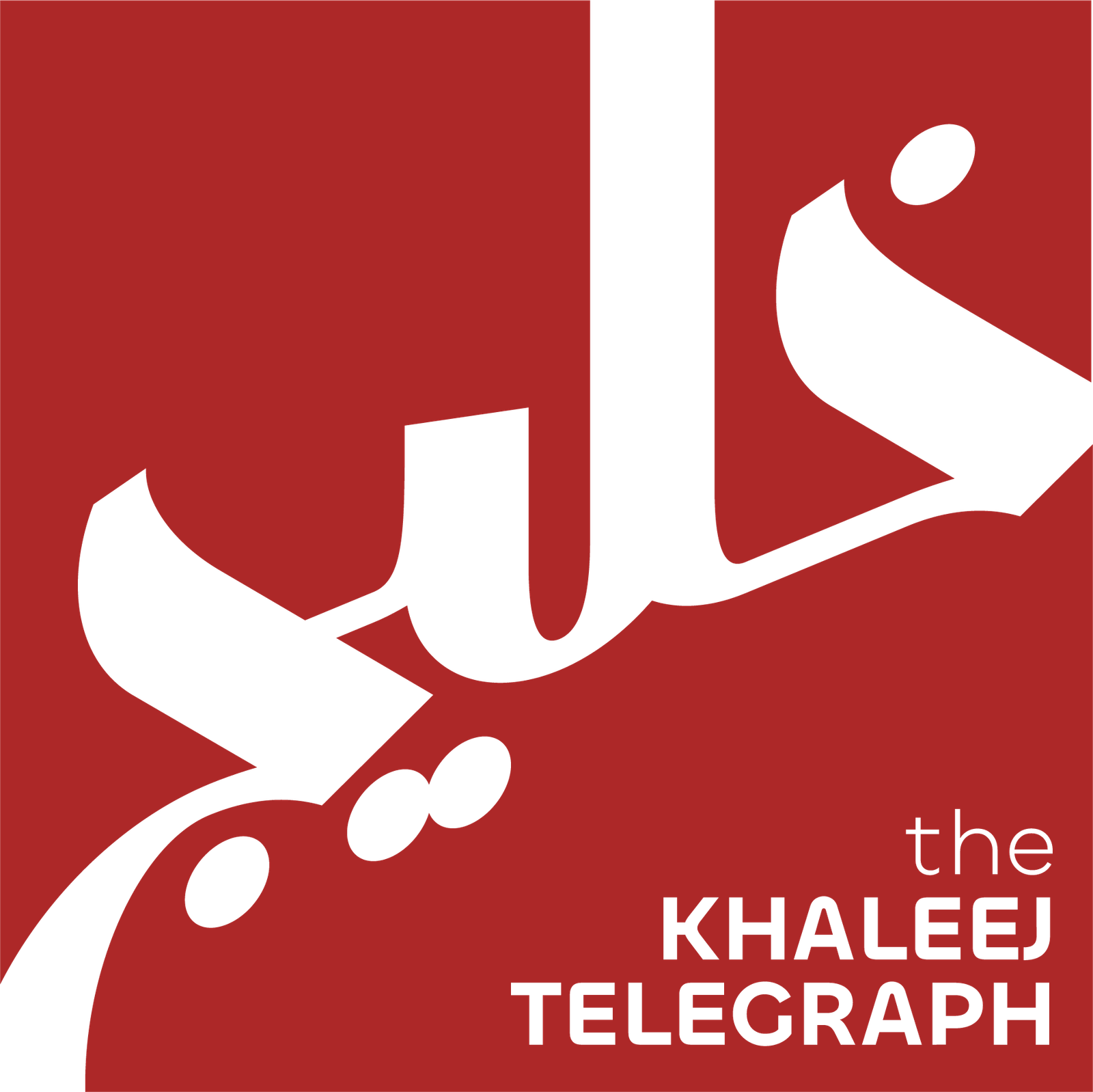Qatar banking credit witnessed a significant rebound in the first quarter of 2025. The total credit facilities rose by 3%, marking the highest quarterly growth in over two years.
This recovery came largely from a sharp 7.9% rise in public sector lending. Additionally, contractor lending followed closely with similar growth. Lending to general trade and real estate grew by 1.5%, while services increased by 0.8%, according to Kamco Invest.
Moreover, Qatar banking credit led the Gulf Cooperation Council (GCC) in quarterly banking revenue growth. Qatari banks posted a 2.1% rise in revenues, outperforming Saudi and UAE banks, which grew by 1.6% and 0.6% respectively.
Meanwhile, overall GCC banking sector revenue remained flat. Total bank income across the region reached $34.6 billion, showing minimal quarterly growth of just 0.04%.
Despite declining net interest income, the GCC’s net profit increased by 7.1% quarter-on-quarter and 8.6% year-on-year. Sector profits hit a new record of $15.6 billion in Q1 2025. This growth stemmed from stronger non-interest income, fewer impairments, and reduced operational costs.
Lower interest yields also impacted lending performance. GCC banks saw the average credit yield fall by 5 basis points, dropping to 4.16% from 4.21% in Q4 2024.
Still, lending momentum remained strong across the region. Total gross loans rose to $2.25 trillion, reflecting a 3.6% quarter-on-quarter increase. This marked the highest growth in 15 quarters.
Among individual markets, Saudi Arabia led with $41.9 billion in new loans, up 5.5%. The UAE followed with $20.1 billion (3.2% rise), while Qatar banking credit grew by $14.4 billion, a 3.6% increase.
Conventional banks saw stronger performance than Islamic banks during the quarter. Conventional lending rose by 4.2%, reaching $1.6 trillion. Islamic bank loans grew by 2.4%, totaling $677.9 billion.
Despite economic challenges and changing interest rates, Qatar’s banking sector remains resilient. The positive trajectory in Qatar banking credit signals renewed economic confidence and stable financial performance.


